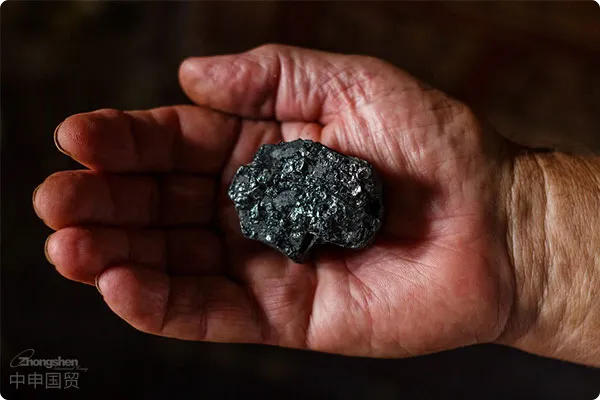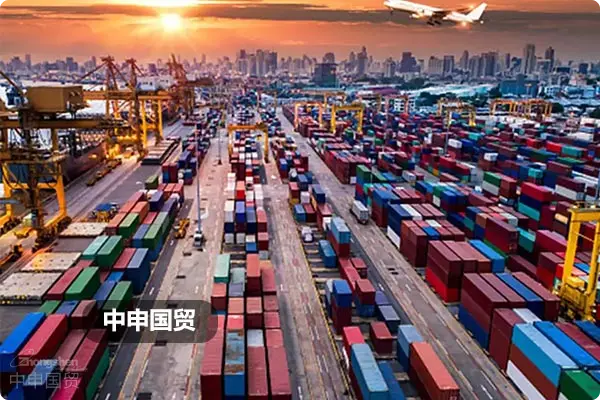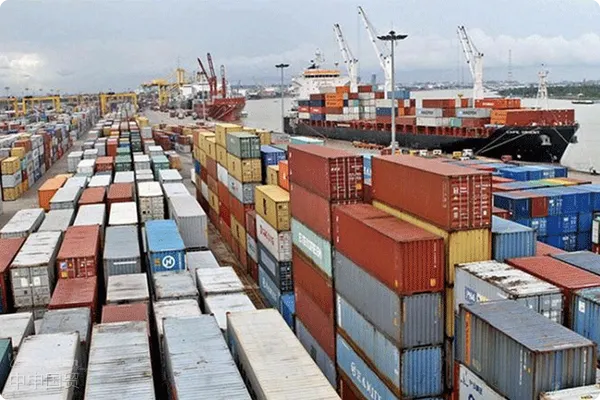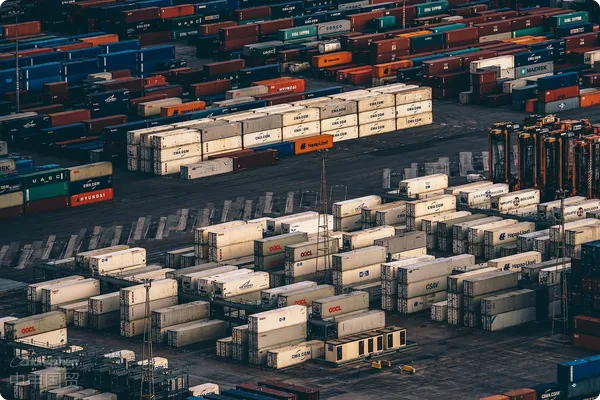- Shanghai Zhongshen International Trade Co., Ltd. - Two decades of trade agency expertise.
- Service Hotline: 139 1787 2118
In the tide of modern industrial development, graphite, a seemingly ordinary material with the reputation of black gold, is quietly playing an important role. The special properties of graphite enable it toNew energyplay an indispensable role in many fields such as electronics, metallurgy, and machinery. With the continuous progress of science and technology, the types and uses of graphite and its products are increasing day by day, which puts forward higher requirements for their classification andimport and exportHere is a detailed interpretation of the import and export classification of graphite and its products.

I. Types and Basic Classification of Graphite
Graphite, as an allotrope of carbon, is widely used in various fields due to its unique physical and chemical properties. According to the Import and Export Tariff Regulations of the Peoples Republic of China (2023), graphite and its products are mainly classified into the following categories:
Natural graphite
Natural graphite, that is, graphite collected from nature, is mainly classified according to its form and degree of processing, and can be divided into flake, powder, and dense block forms, etc. Specifically, flake natural graphite is classified under tariff number 25041010, powder natural graphite is classified under 25041099, and dense block natural graphite is classified under tariff number 25049000.
Spheroidized graphite
Spheroidized graphite is a product obtained by specially processing natural flake graphite. According to whether it has been surface - treated, non - surface - treated spheroidized graphite is classified under tariff number 25041091, and surface - treated spheroidized graphite is classified under tariff number 38019010.
Expandable graphite
Graphite that can expand rapidly at high temperatures after being treated with an acidic oxidant is classified as expandable graphite and expanded graphite, and is uniformly classified under tariff number 38249999.
Artificial graphite
Artificial graphite prepared through a specific process, due to its low impurity content and diverse forms, is classified under tariff number 38011000.
II. Customs Classification and Clearance Process of Graphite
For the import and export of graphite and its products, accurate classification is the crucial first step. It not only involves the calculation of tariffs but also relates to the compliance review of goods. Therefore, when enterprises import and export graphite and its products, they must understand in detail and accurately declare the following elements:
After completing the above declarations, the customs will review the submitted materials based on the Tariff Regulations (2023) to ensure the accuracy of classification. For some special graphite and its products, additional technical documents or test reports may be required to prove their characteristics.
III. Detection Technology for Graphite Classification
With the increasing variety of graphite and its products, relying solely on traditional classification methods is no longer sufficient to meet the needs. Therefore, the adoption of advanced detection technologies such as X - ray fluorescence spectroscopy, X - ray diffraction, and ultra - depth - of - field microscopy has become an important auxiliary means in the classification process. These technologies can provide detailed information on the material composition and structure of graphite, providing a scientific basis for the classification of complex graphite and its products.
In conclusion, the classification of graphite and its products is a complex process involving knowledge in many aspects. Only through in - depth understanding of graphite, combined with advanced detection technologies and rigorous classification principles, can the smooth progress of import and export trade be ensured, and at the same time, it provides support for the healthy development of Chinas graphite industry.
Related Recommendations
Knowledge Base
Contact Us
Email: service@sh-zhongshen.com
Related Recommendations
Contact via WeChat

? 2025. All Rights Reserved. 滬ICP備2023007705號(hào)-2  PSB Record: Shanghai No.31011502009912
PSB Record: Shanghai No.31011502009912








